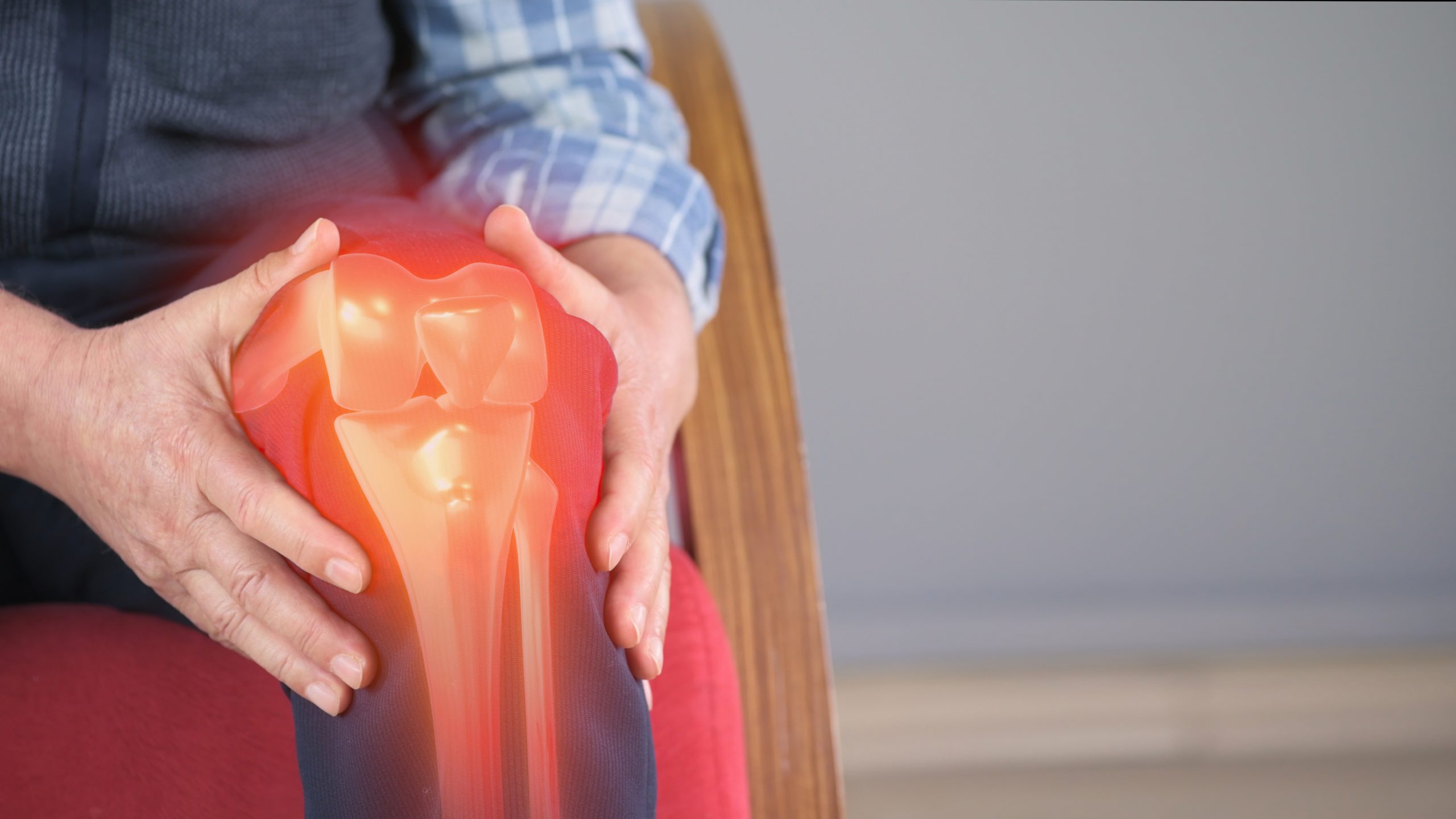Knee Injuries and Conditions: Knee Pain
Knee pain is a common complaint that affects people of all ages. Knee pain can result from an injury, such as a ruptured ligament or torn cartilage, or from medical conditions like arthritis, gout, and infections.
While many types of minor knee pain respond well to self-care measures, physical therapy, and knee braces, some cases may require surgical repair.

How do knee injuries and conditions usually occur?
Knee injuries can occur due to a sudden injury or repetitive stress. These injuries may include ligament tears, fractures, and dislocations. Here’s a breakdown of common causes:
Acute Conditions
- ACL Injury: Caused by sudden changes in direction, common in sports like soccer, basketball, and football.
- Fractures: Often result from falls, auto accidents, or osteoporosis.
- Torn Meniscus: Typically due to twisting the knee while bearing weight.
- Knee Bursitis: Inflammation caused by repetitive motion or direct impact.
- Patellar Tendinitis: Common in runners, jumpers, and athletes who engage in high-impact activities.
Chronic Conditions
- Osteoarthritis: Wear-and-tear condition causing deterioration of knee cartilage.
- Rheumatoid Arthritis: An autoimmune disease affecting knee joints.
- Gout and Pseudogout: Caused by crystal buildup in the knee joint.
- Septic Arthritis: Infection in the knee joint leading to severe pain and swelling.
Other Conditions
- Loose Body: Fragments of bone or cartilage floating in the knee joint space.
- Iliotibial Band Syndrome: Tightness of the iliotibial band causing pain.
- Dislocated Kneecap: Patella slips out of place, often due to injury.
How do knee injuries and conditions usually occur?
Knee injuries can occur due to a sudden injury or repetitive stress. These injuries may include ligament tears, fractures, and dislocations. Here’s a breakdown of common causes:
Acute Conditions
- ACL Injury: Caused by sudden changes in direction, common in sports like soccer, basketball, and football.
- Fractures: Often result from falls, auto accidents, or osteoporosis.
- Torn Meniscus: Typically due to twisting the knee while bearing weight.
- Knee Bursitis: Inflammation caused by repetitive motion or direct impact.
- Patellar Tendinitis: Common in runners, jumpers, and athletes who engage in high-impact activities.
Chronic Conditions
- Osteoarthritis: Wear-and-tear condition causing deterioration of knee cartilage.
- Rheumatoid Arthritis: An autoimmune disease affecting knee joints.
- Gout and Pseudogout: Caused by crystal buildup in the knee joint.
- Septic Arthritis: Infection in the knee joint leading to severe pain and swelling.
Other Conditions
- Loose Body: Fragments of bone or cartilage floating in the knee joint space.
- Iliotibial Band Syndrome: Tightness of the iliotibial band causing pain.
- Dislocated Kneecap: Patella slips out of place, often due to injury.
Common Knee Injuries & Conditions
Treated at Synergy Health Partners
Understanding the Anatomy of the Knee
The knee is a complex joint made up of several components that work together to enable movement and provide stability.
Regions of the Knee
- Femur (Thighbone)
- Tibia (Shinbone)
- Patella (Kneecap)
Parts of the Knee
- Bones: Femur, tibia, and patella.
- Cartilage: Articular cartilage and meniscus.
- Ligaments: Collateral and cruciate ligaments.
- Tendons: Quadriceps and patellar tendons.
Who Gets Knee Pain?
Knee pain can affect individuals of all ages and activity levels, from athletes to those with arthritis.
- Athletes: Higher risk of ligament and tendon injuries.
- Older Adults: More likely to experience arthritis-related knee pain.
- Workers: Jobs requiring repetitive knee movement increase the risk of knee injuries.
Types of Knee Pain
- Acute: Sudden injury causing immediate pain.
- Chronic: Ongoing pain due to conditions like arthritis.
Symptoms of Knee Pain
- Swelling and stiffness
- Redness and warmth
- Weakness or instability
- Popping or crunching noises
- Inability to fully straighten the knee
Causes of Knee Pain
- Sports injuries
- Accidents and falls
- Repetitive motion or overuse
- Medical conditions like arthritis
Understanding the Anatomy of the Knee
The knee is a complex joint made up of several components that work together to enable movement and provide stability.
Regions of the Knee
- Femur (Thighbone)
- Tibia (Shinbone)
- Patella (Kneecap)
Parts of the Knee
- Bones: Femur, tibia, and patella.
- Cartilage: Articular cartilage and meniscus.
- Ligaments: Collateral and cruciate ligaments.
- Tendons: Quadriceps and patellar tendons.
Who Gets Knee Pain?
Knee pain can affect individuals of all ages and activity levels, from athletes to those with arthritis.
- Athletes: Higher risk of ligament and tendon injuries.
- Older Adults: More likely to experience arthritis-related knee pain.
- Workers: Jobs requiring repetitive knee movement increase the risk of knee injuries.
Types of Knee Pain
- Acute: Sudden injury causing immediate pain.
- Chronic: Ongoing pain due to conditions like arthritis.
Symptoms of Knee Pain
- Swelling and stiffness
- Redness and warmth
- Weakness or instability
- Popping or crunching noises
- Inability to fully straighten the knee
Causes of Knee Pain
- Sports injuries
- Accidents and falls
- Repetitive motion or overuse
- Medical conditions like arthritis
When to See a Doctor
Seek medical attention if you:
- Can’t bear weight on your knee
- Have significant swelling
- Are unable to extend or flex your knee
- Notice deformity in your leg or knee
- Experience severe pain with fever
Our Clinic Locations
Everything You Need - All in One Place
Synergy Health Partners is the only bone, muscle, and joint specialist in Michigan that offers all the care you need without having to refer you to other providers, including orthopedic specialists, surgeons, podiatrists, and physical therapists. Learn more about our comprehensive care centers for foot and ankle issues.
